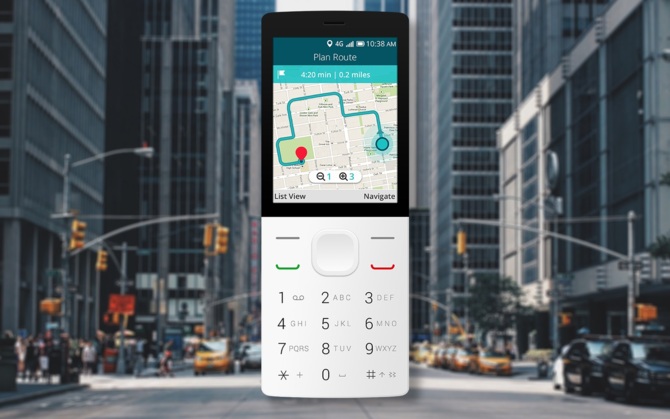 KaiOS is an operating system designed for mobile devices. Everything was based on the Linux kernel. KaiOS is derived from the Firefox OS open source project that began in 2011 and has continued independently of Mozilla since 2016. It is developed by KaiOS Technologies, a Hong Kong-based company with offices around the world, including the United States, China, India, and France. The team behind KaiOS currently consists of more than 280 people.
KaiOS is an operating system designed for mobile devices. Everything was based on the Linux kernel. KaiOS is derived from the Firefox OS open source project that began in 2011 and has continued independently of Mozilla since 2016. It is developed by KaiOS Technologies, a Hong Kong-based company with offices around the world, including the United States, China, India, and France. The team behind KaiOS currently consists of more than 280 people.
KaiOS Technologies boasts of having over 165 million active devices in the world with its system at the moment. KaiOS’ ambition is to reduce the digital divide.
Android 13 has seen a huge increase in popularity in recent months and will soon catch up with Android 12
KaiOS has a user interface optimized for non-touch phones. The platform supports 4G / LTE networks as well as Wi-Fi, GPS and NFC. Works with chipsets from all major manufacturers including Qualcomm, Unisoc and MediaTek. It is based on HTML5 and other open web technologies, ensuring a smooth experience on devices with less than 256MB of RAM. The system can be updated via OTA technology – just like on Android and iOS smartphones. KaiOS users can download new software to their phones from the KaiStore. They have access to apps like Google Assistant, WhatsApp, YouTube, Facebook, and Google Maps.
How quickly can iOS and Android users migrate to the new versions? The difference is colossal
KaiOS Technologies boasts of over 165 million active devices in the world right now. The range of equipment that has KaiOS on board is constantly growing. Some phone models are widely known in Poland, such as Nokia 2720 Flip, Nokia 6300 4G, Nokia 800 Tough, Nokia 8000 4G, Hammer 5 Smart and several Alcatel models. The manufacturer positions its system in terms of usability between Android Go and regular Android and iOS platforms while maintaining a lower price for the devices. According to the International Telecommunication Union/UNESCO, nearly 3 billion people around the world live without an internet connection. The problem is most acute in developing countries, where 96% of the world’s population lives. The world’s offline population. KaiOS aspires to reduce this digital divide, which is why the system is particularly popular in Latin America, Africa and India.
Source: KaiOS

“Prone to fits of apathy. Introvert. Award-winning internet evangelist. Extreme beer expert.”


![Pogon Szczecin vs PGE FKS Stal Mielec. Six goals again [FOTO] Pogon Szczecin vs PGE FKS Stal Mielec. Six goals again [FOTO]](https://hej.mielec.pl/pl/news_foto/2023/0422/s.1200x630/327647.jpg)
![KaiOS is the third most popular mobile operating system in the world. It has exceeded 165 million users [2]](https://www.purepc.pl/image/news/2023/04/22_kaios_to_trzeci_najpopularniejszy_system_mobilny_na_swiecie_wlasnie_przekroczyl_165_mln_uzytkownikow_1.jpg)







